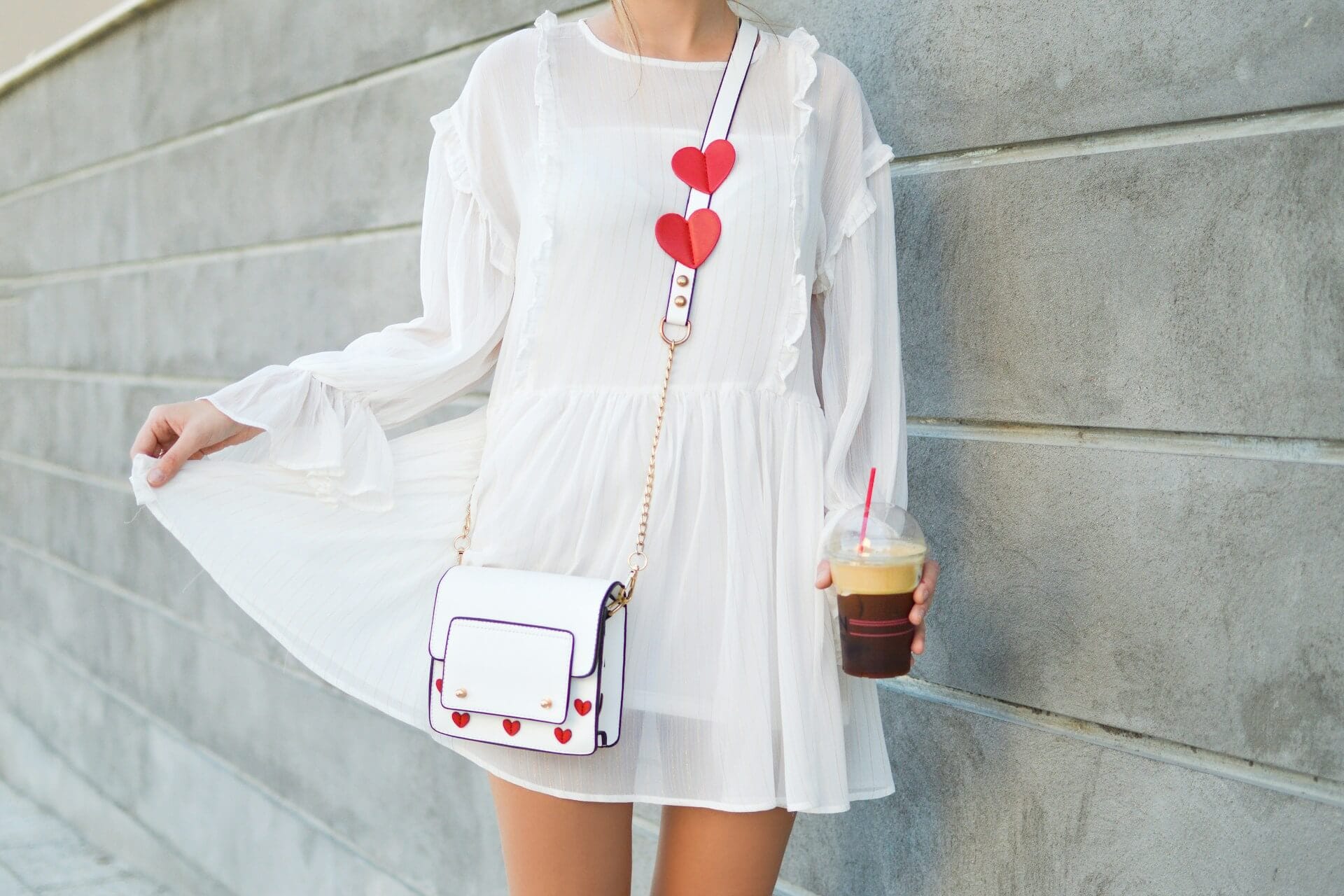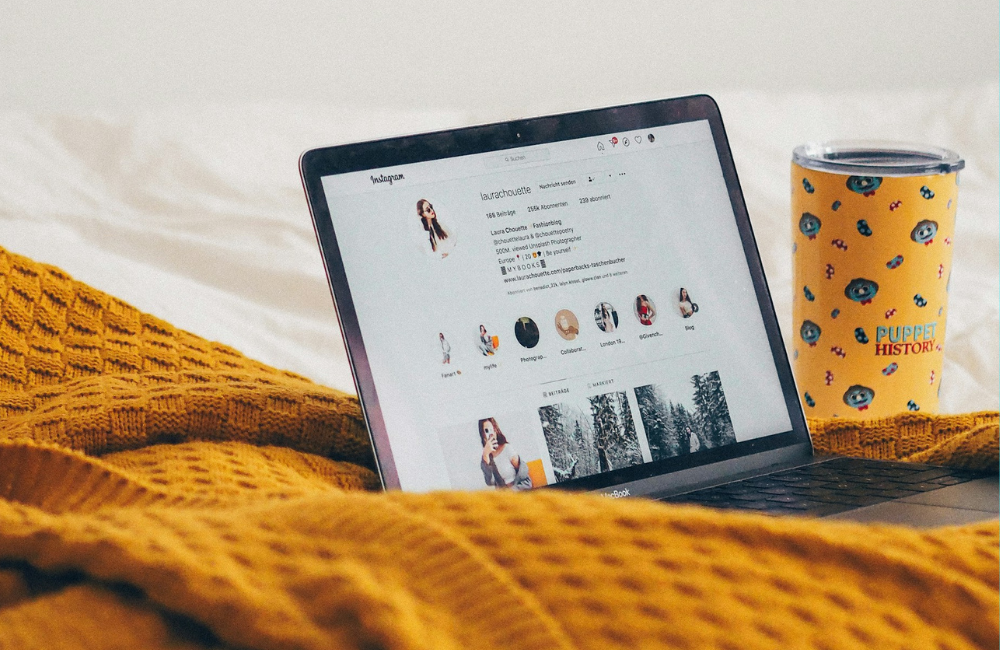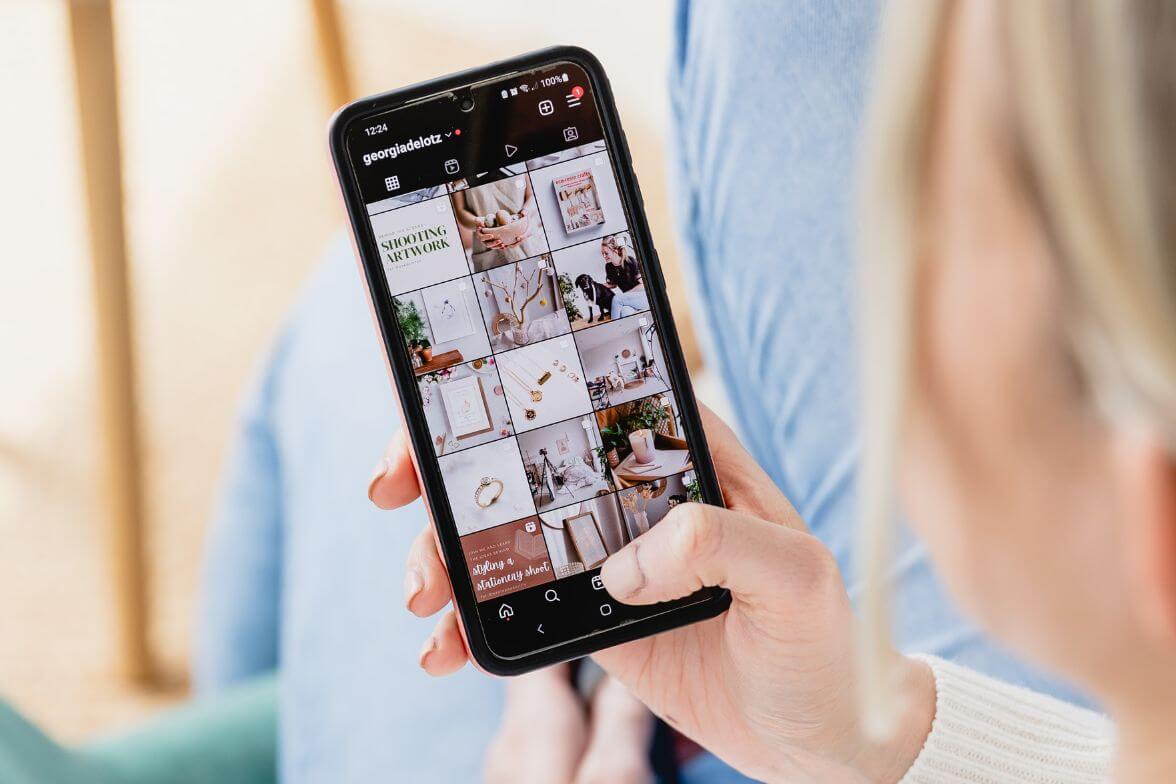
5 Ways to Make Money on Pinterest in 2024: An In-depth Guide for Creators and Businesses
There are plenty of ways to monetize on Pinterest. Here's a guide to some tactics for both creators and small businesses.
Content Writer @ Buffer
I’m willing to bet that Pinterest isn’t the first platform that comes to mind when you think of monetizing your social media presence.
Sure, TikTok, Instagram, and YouTube all offer excellent ways to make money online, but few other platforms have users with the buying intent that Pinterest does.
The main reason people use Pinterest is to shop. More than a third (36.6 percent) of Pinterest’s 498 million global active users use the app to follow or research brands and products.
Pinterest has capitalized on that, creating helpful tools and features that make it easy for pinners to discover and buy the items or services they want — making the visual search engine a marketer's, business's, and creator’s paradise.
In this article, we'll dig into all of these features and how they can help you make money on Pinterest as a business or creator.
1. Brand partnerships
Partnering with brands on Pinterest works a lot like other social media platforms (perhaps even better, thanks to Pinterest’s paid partnership features).
A paid partnership is a collaboration between a creator and a brand that aligns with their content. These partnerships can take many forms, but often, the creator will feature the brand in their content, whether it’s an unboxing, a review, or just placement within a pin.
How to kickoff a paid partnership on Pinterest
- Pitch yourself: Don’t wait for brands to come to you — approach them with an idea to feature their product. Include a media kit or pitch deck detailing your audience demographics, saves, impressions, pin clicks, and outbound clicks. (Check your Pinterest Analytics for these numbers and more.)
- Seal the deal: Once you’ve agreed on a contract with a brand, be sure to be clear on the nitty-gritty details upfront, like whether they have the right to approve your content before you post it, whether they can share it on their social media profiles, and when you can expect to be paid.
- Post your pins: Retain audience trust by clearly marking sponsored content. Pinterest makes this easy with their paid partnerships tool for creators (more on this below!).
- Idea ads: Once a creator publishes a pin with the paid partnership label, the brand can promote the pin as an Idea ad.
How to use the Pinterest paid partnership tool
You’ll need to use the Pinterest app to leverage their partnership features. To do so:
- Open the Pinterest app on your mobile device.
- Tap the plus icon at the bottom of the screen, then select Pin.
- Choose photos or videos from your camera roll, and tap Next.
- Add your title, pin description, and link, choose a Pinterest board and topic tags, and so on.
- Tap Advanced settings.
- Toggle on Add paid partnership label, then Add a brand partner. Search for and select the brand you’re working with.
- Tap Add on the Approval Needed pop-up window.
- Tap the back arrow on the top right, then double-check your pin and tap Create to publish.
- The request will be shared with the brand after you publish your pin. For their name to appear, they must accept the tag. If they don't, the paid partnership label will still appear on the pin, but not the brand's name.
Idea ads for paid partnerships
Once your paid partnership pin is published, the brand can boost the pin’s reach by turning it into an Idea ad. (Creators can’t create Idea ads for sponsored posts.)
When the Idea ad is published, it will appear with the creator’s profile and the 'Paid partnership' label. Here’s a deep dive into how Idea pin ads for paid partnerships work.
2. Affiliate links
Affiliate marketing is an excellent way for creators to make a (mostly) passive income with social media platforms, newsletters, and communities — anywhere they can share links to products they love with their audience.
As I mentioned above, Pinterest is a particularly great place for this because users primarily use the platform to discover and shop for new products.
With affiliate marketing programs, creators will get unique links from sellers. If an audience member clicks on that link and goes on to purchase the item, the creator will get a percentage of the sale.
Some brands have huge affiliate programs that you can set up on your own and start sharing links right away, like Amazon Associates or the eBay Partner Network. If you’re looking to work with a smaller brand on a long-term affiliate relationship, it might be worth pitching the idea to them.
In the pin below, creator Austen Tosone is using a Like To Know affiliate link, which is a program creators must apply for.
Once you have your unique product links, Pinterest's product tagging feature makes it easy to share them with your target audience.
How to tag affiliate products on Pinterest
- Create a new pin by clicking the plus icon at the bottom of the Pinterest app, then tap Create Pin.
- Choose an image or video from your camera roll, then tap Next.
- Add your pin title, description, and link, choose a board and topic tags, and so on.
- Tap Tag products, then tap the Add icon.
- Paste your affiliate link into the URL field. Pinterest will pull through an image of the product. Tap Done.
- Double-check your pin and tap Create to publish to start earning.
3. Product pins
More than 85 percent of Pinterest users have made a purchase based on pins from brands, Pinterest says. “People use Pinterest for inspiration, ideas, and shopping. When you add your products to Pinterest as product pins, you make it easy for customers to bring their inspiration and ideas home.”
This is why, if you’re a business owner, marketer, or content creator with products to sell, setting up a shop on Pinterest is a no-brainer.
The easiest way to get started is by creating product pins, which allow users to shop right in the app. As long as you have an online store that meets Pinterest merchant requirements, it doesn’t matter if these products are physical or digital (say, courses, templates, and guides).
Pinterest automatically pulls information about the item onto the pin so your followers can see pricing, availability, and more. In some cases, a pin might even earn labels like ‘Bestseller’ or ‘Popular’ if it’s one of the most purchased or clicked items in a product category on Pinterest.
Creating product pins requires you to check a few boxes upfront, like making sure you have a Pinterest Business account, claiming your website, and ensuring your e-commerce site adheres to Pinterest’s merchant guidelines. (If you aren’t able to meet these requirements right now, the platform does offer some helpful shop alternatives.)
There are two ways to create product pins:
- Pinterest product catalogs: Uploading your product catalog is your best bet for sharing products on Pinterest in bulk. This will allow you to organize your product pins into groups and run Pinterest ads. Here’s how to upload your product catalog on Pinterest →
- Product rich pins: By adding meta tags to your website, people can pin products directly from your site as a type of rich Pin. The pins will always feature the most up-to-date information (like availability or price) on your site. Here's how to create rich pins →
4. Drive traffic
Platforms like TikTok or Instagram don’t want users to leave their apps and have limited external link options. But Pinterest is the polar opposite — every single post is created with click-throughs in mind.
This is why, whether you’re an online business owner, a marketer, a blogger, a creator, or an influencer, Pinterest marketing can be a powerful tool in helping new audience members discover you.
With every pin you post, you can include a URL to an external site — use it strategically to drive people to the center of your monetization efforts. Whether that is a monetized YouTube channel or a business website, Pinterest can help you make money indirectly by sending users who like your content straight there.
Here's a great example from Creating with Kaya, who chose to link out to her blog rather than share products directly on Pinterest. (This is a great option for Pinterest Creators who don't yet have access to product tagging features in their region.)
Of course, your Pinterest content must be valuable enough for users to take the extra step and click on the link. Our guide to growing on Pinterest offers useful tips for creating high-quality, click-worthy content that drives conversions — it’s well worth reading!
5. Creator Inclusion Fund
The Creator Inclusion Fund is a powerful stepping stone for creators in underrepresented communities.
Along with a “grant in the form of cash,” Creator Inclusion program alumni go on to become important creator partners for the platform and are offered “exclusive opportunities, creator events, and more,” Pinterest says.
The immersive, six-week program is exclusively for underrepresented communities. The platform launched the Inclusion program in 2021 to “uplift creators from communities that have been disproportionately underrepresented—including Black, Latiné, LGBTQIA+, Asian, Indigenous people, and people with disabilities.”
Once accepted into the program, creators are required to commit to six sessions (1 hour per week) and create 20-25 pieces of content.
To be eligible, creators must:
- Identify as being part of an underrepresented community
- Have a Pinterest business account in certain regions
- Be 18+ years old
- Create content in the fashion, beauty, art, lifestyle, home, or food niches
- Have between 500 - 10,000 followers on Pinterest or on other social channels
- Have created Pins in the last 30 days
- Have created at least three boards
- Be looking to grow content creation skills on Pinterest
- Not have monetized content over $10K
Here’s everything you need to know about the Creator Inclusion Fund, including how to apply.
What happened to Pinterest Creator Rewards?
It’s no secret that Pinterest is an excellent way for small businesses to drive brand awareness, website traffic, and sales. Now, Pinterest is exploring ways to help creators and influencers to monetize, too.
One of their experiments was the Creator Rewards program, which ran for about a year.
Pinterest tested the program with select creators, asking them to complete specific goals on the platform, like creating Idea Pins according to specific themes or hitting engagement metrics.
“We’re committed to exploring more ways to help you find success on Pinterest,” the platform said when announcing the end of the program in 2022. “We’re looking forward to finding more opportunities to work together in the future.”
Frustrating as that may have been for creators, it’s a promising sign that Pinterest has tested the waters with native monetization in this way.
They still have an impressive creator education hub, Content Academy, and a community dedicated to the cohort, so it’s clear that creators continue to be a big priority.
Before you monetize on Pinterest
The beauty of Pinterest is that it doesn’t require you to have thousands of followers right off the bat to start monetizing. Still, it’s worthwhile getting to grips with the platform and establishing a presence there first.
You’ll want to build trust with your audience and create a professional profile, especially if you’re looking to partner with brands as a creator or make sales as a business.
For beginners, our How To Use Pinterest guide will walk you through everything, from getting set up with a personal or business account to creating pins and boards and building your audience.
Looking to expand your reach (and income streams)? Don’t miss our social media monetization guides:
Try Buffer for free
140,000+ small businesses like yours use Buffer to build their brand on social media every month
Get started nowRelated Articles

Whether you’re a full-time content creator, micro-influencer, nano-influencer, or just getting started, here’s how to create your own influencer media kit.

From platform demographics to features, plus a deep dive into important factors to consider, here's what you need to know to find the social media sweet spot for your business.

There’s no denying that content creation is time-consuming. In this post, we're sharing a sustainable strategy for saving time planning and creating social media content to help you better support your overall business goals.